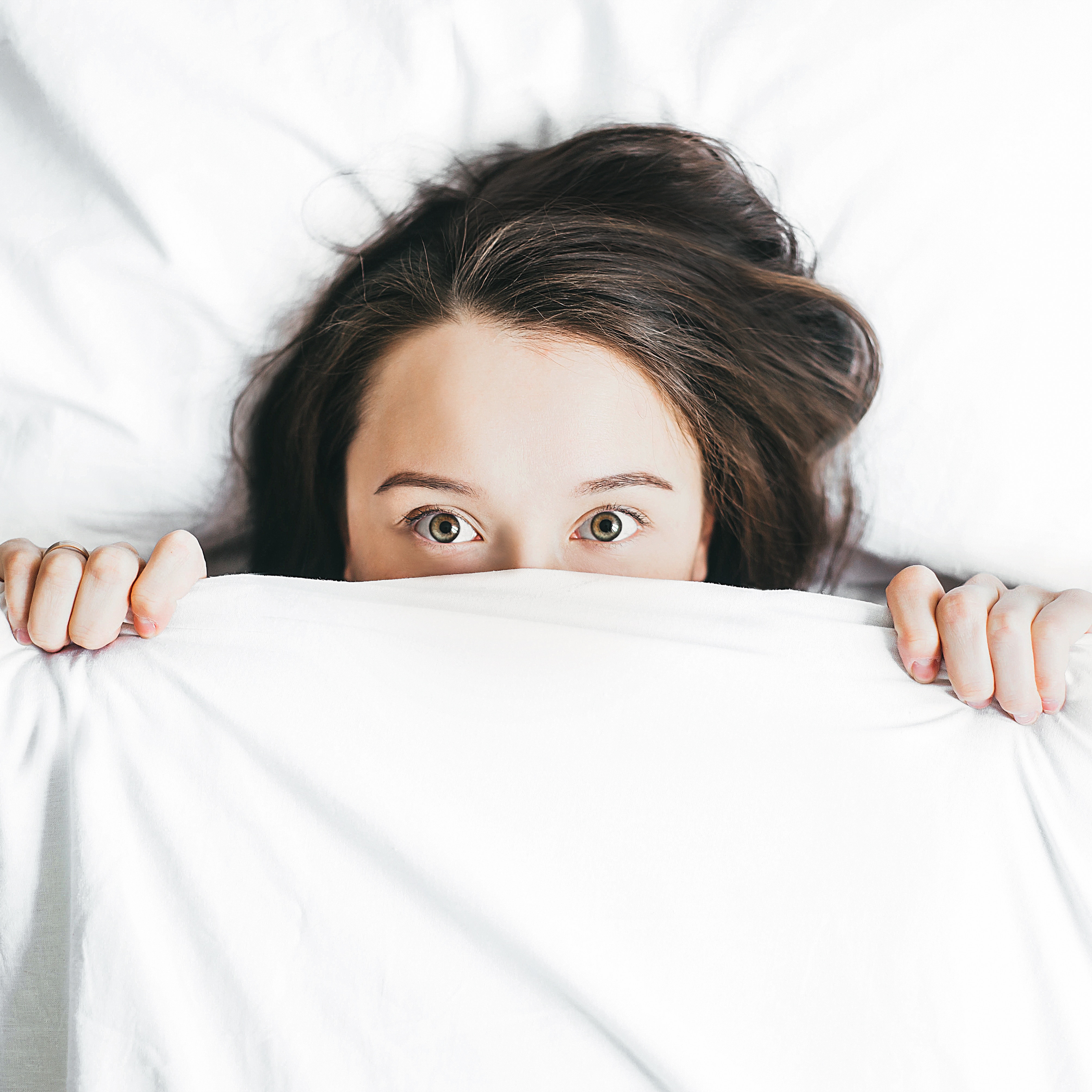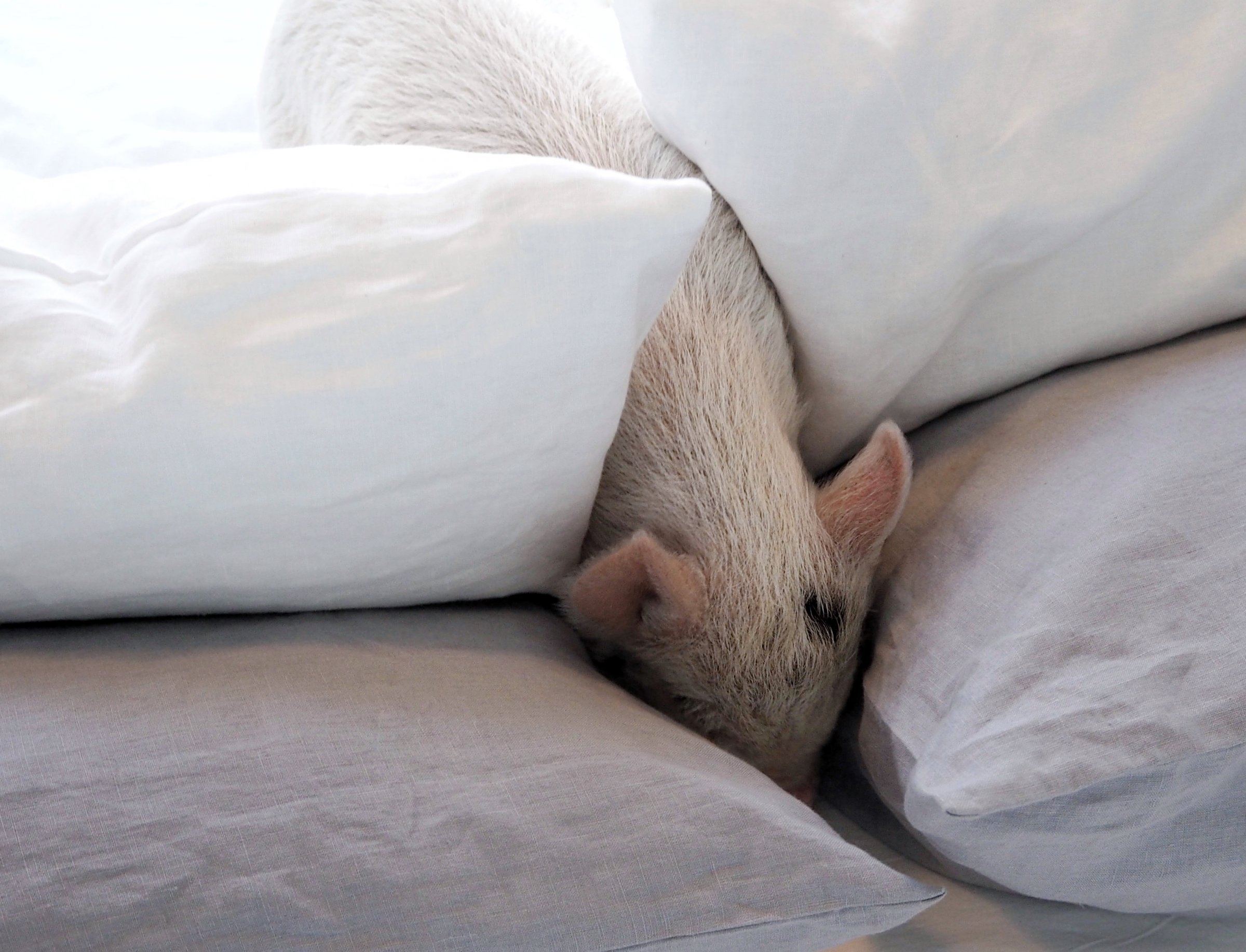I guarantee that, at some point in your life, you will have sleep-talked. If you claim never to have, it’s probably because nobody has caught you in the act, paired with the fact that you’re fast asleep so you have no idea (or any recollection) that you were sleep talking at all.
Personally speaking, I’m told that I sleep talk a fair amount. Even in my slumber, I’ve scolded my brother for not helping me with the chores, or I’ve had a quiet musing about food and asked for more gravy over my dinner.
The point however, is that my sleep talking, and anyone else’s sleep talking, is for the most part hilarious, non-incriminating and non-consequential.
Sleepwalking, on the other hand, can be a little more serious than that.
We’ve all heard of someone (or have been that someone) who likes to take a wander around their bedroom, or even a cheeky trip to the fridge, in the midst of their REM sleep cycles; it’s clear that most of these sleepwalking instances are quite tame and non-aggressive. Alas, there have been incidents in the past where people have been found operating heavy machinery (like driving a car) and engaging in sexual activities with strangers. Some have even committed murder in their subconscious states.
A 2012 study conducted by Stanford University and the University of Montreal suggests that 3.6% of people in the USA are prone to sleepwalking. While that percentage may not seem high, it accounts for a whopping 8.4 million in the States alone.
The research finds that 15% of children (with most of them aged 11 to 12) and 2% of adults are susceptible to night wandering; a further 80% of sleepwalkers also reported having a relative who had a history of slumber-strolling.
While the strong correlation in statistics suggests that sleepwalking is therefore a genetic disorder, the science behind this phenomenon is insufficient to say so with certainty. We know that our sleep cycles are split into NREM (non-rapid eye movement) and REM cycles, where the latter’s brainwaves and neuronal activity reflect similar qualities to that of being awake. Absurdly, sleepwalking tends to occur during our NREM sleep, which is ironically when we sleep our deepest.
Our bodies release a chemical called gamma-aminobutyric acid (GABA, for convenience purposes) as we settle down for sleep, which inhibits movement by stifling the neurons in the brain’s motor system. This is why we can achieve deep sleep, as our bodies aren’t moved or forced awake as we go through cycles of sleep. Scientists, however, suggest that in children, these neurotransmitters haven’t fully matured, leading to movement even as they transpire into deep sleep. Perhaps this is why children sleepwalk more than adults, on average.
Furthermore, this system of controlling body movement may continue to remain underdeveloped, which is why a certain fraction of the population experience sleepwalking even in adulthood. This, however, is not without taking into account the effects of external, environmental factors; those who reported suffering from fatigue, depression and/or stress were 3.5 times more likely to be sleepwalkers than those who didn’t. We can only speculate at this point, but scientists believe that this is because medication and the impact of anxiety inhibit the sleep-inducing chemicals from doing their thing properly.
So, the pertinent question remains: can we do anything to treat sleepwalking?
Yes, and no.
Chemically and medically speaking, there is no magical solution. But preventative measures can be taken to avoid disastrous sleepwalking episodes. Doctors caution against waking a sleepwalker at the risk of them waking up startled, groggy and generally disoriented. Instead, the advice they give is to gently guide the stroller back to their beds, and to simply leave them if they resist. Naturally, precautions like locked doors and windows, and putting away dangerous objects, can be taken.
As always, lowering stress and anxiety levels will leave a positive impact on one’s sleeping experience, though this is perhaps easier said than done. In such instances, consulting a medical professional is the best treatment in itself, to pinpoint the underlying cause for appropriate diagnosis and care.
The mysteries surrounding sleep-talking and sleepwalking will never cease to confuse us, but at the same time, they will never cease to entertain us either. But before you have a quick giggle at your friend or partner who falls victim to the sleepwalking phenomenon, perhaps it’s worth (sleep) walking a mile in their shoes?







